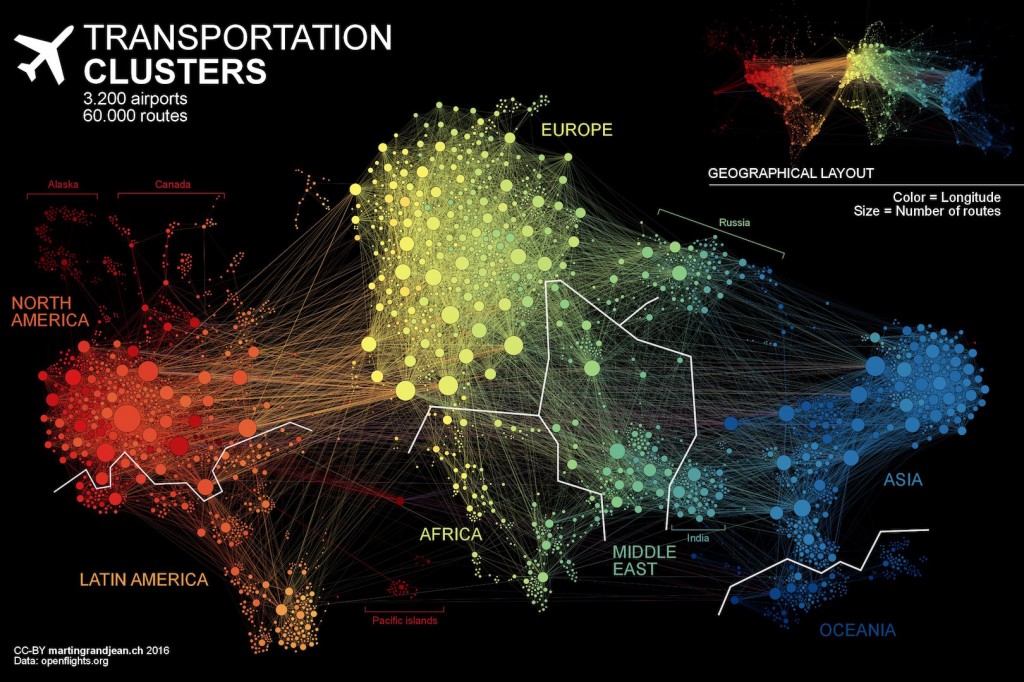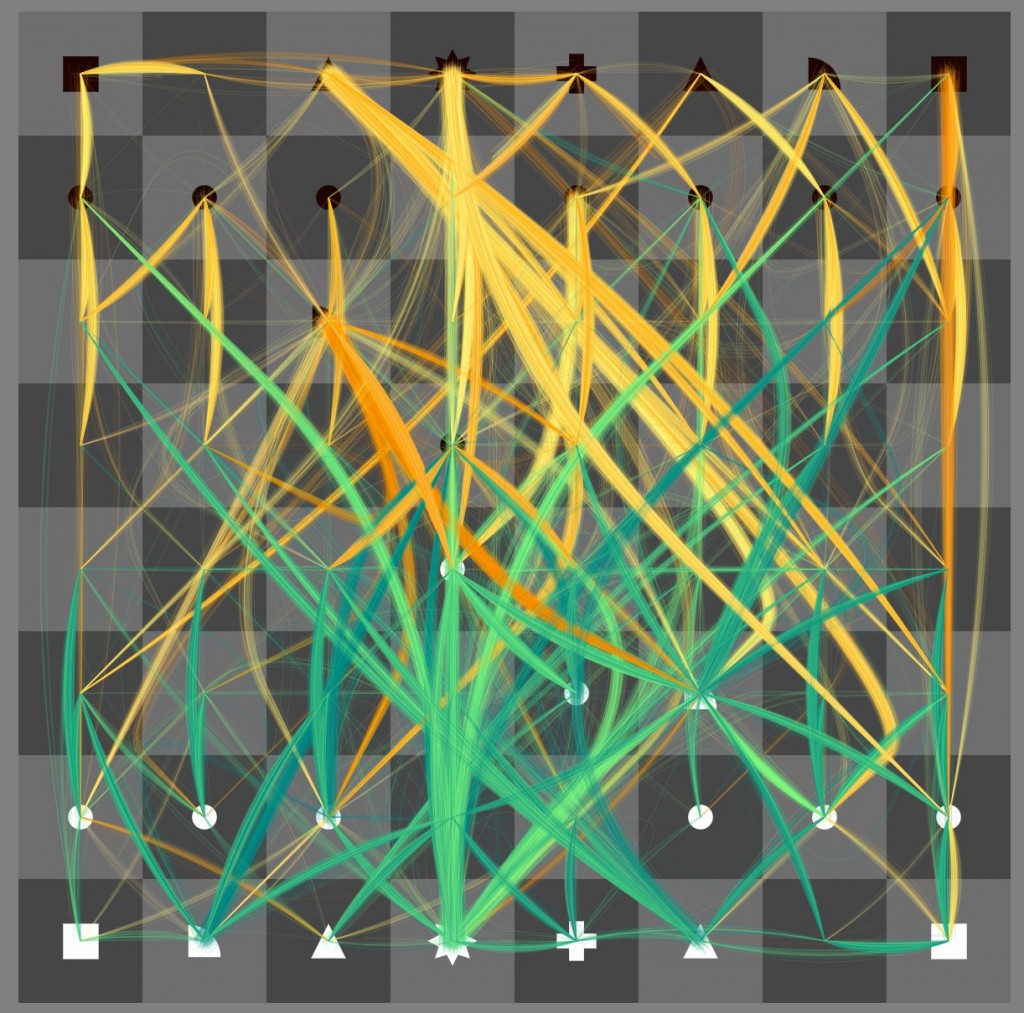What We Are Reading
Steven Jonas
July 14, 2016
Stealth Research and Theranos: Reflections and Update 1 Year Later by John P. A. Ioannidis. This important and interesting “Viewpoint” article from JAMA: The Journal of the American Medical Association recounts the author’s first notice of Theranos and glancing involvement with the company’s publicity campaign. This leads Ioannidis, whose critical work on the validity of published research is essential reading, to offer some higher level criticism of the notion of widespread medical testing. Ioannidis’ critique draws attention to the fact that simply increasing the accessibility of diagnostic tests could be harmful, if the result is to expose people to more dangerous, costly, and unnecessary medical treatment. My take on Ioannidis critique is that changing the cultural context of testing is essential for the technological tools to be at all beneficial. For those of us who keenly desire more inexpensive and convenient blood tests, the failure of Theranos is very disappointing. However, if these tests are just treated as a kind of “look up table” linked to current knowledge and treatment protocols, they could well do more harm than good. -Gary
Smartphones won’t make your kids dumb. We think by Olivia Solon. The subject of children and screen time is hard to approach without bias. My own experience of watching my attention span get shredded to ribbons after smartphones were introduced (even though I was past the age where my brain was supposedly fully-formed) makes me feel apprehensive about the effect screen-based activities have on our brains’ reward systems. This article is particularly diligent about wading through the many aspects of this topic with the appropriate amount of trepidation and uncertainty. One thing we’ve learned from watching QS talks about distraction is that we may be more vulnerable to screen compulsion that we’re typically aware. For a poignant example, look at Robby Macdonnell’s superb QS Show&Tell talk: The Data is In, I’m a Distracted Driver. With more self-collected evidence, the worries described by Olivia Solon might be easier to evaluate. -Steven
The Challenge Of Taking Health Apps Beyond The Well-Heeled by Barbara Feder Ostrov. “There is a disconnect between the problems of those who need the most help and the tech solutions they are being offered,” so says Veenu Aulakh, the director of a nonprofit that improves healthcare for underserved patients. At the QS Public Health Symposium in May, we had an excellent session on this topic, titled “Learning About Collaboration in Community Science From from Youth Leaders in the Klamath Basin.” Driving our own research is the idea that toolmakers with positions of privilege could focus less on the design of apps to help “them” and more on listening to community leaders whose long term engagement in health issues gives them a deeper understanding of what’s useful. -Steven
How we built our Quantified Self Chatbot with Instant 4.0, by Shashwat Pradhan. For anybody thinking about building personal dashboard apps that use the native smartphone self-tracking affordances in Android and iOS, Shashwat Pradhan’s project is worth following. Pradhan is also on the QS Forum answering questions from users. -Gary
Show & Tell
40 — Mind the loops by Buster Benson. Here is an annual review, looking at his life at the age of 40, by one of the most insightful self-trackers and toolmakers in the QS community (Many of us use Buster’s 750 words for our daily journaling). -Steven
A Lifetime of Personal Data by Shannon Conners. Shannon’s workout and food journals date back to her high school years. Once digital tools were at her disposal, the diligence that she brought to her tracking has led to some amazing visualizations. -Steven
20 Years of Memories Tucked Away in Personal Finance Data by Peter Torelli. Peter tracked his finances for 20 years, and unintentionally, kept a record of the vicissitudes of his life. -Steven
Data Visualizations

Patternicity: Dreamy Diagrams and Lyrical Visualizations of the Eccentric Details of Daily Life in the City by Maria Popova. For a class, Yasemin Uyar took on the task of visualizing the minutiae of life around her for 100 days. The result is a series of dreamy and idiosyncratic takes on data visualization. The images don’t necessarily reveal the hidden patterns underlying daily life, but rather serve as a vehicle for paying attention, making the argument that merely paying attention can be a noble end, in of itself (as opposed to “hacking” to get a personal advantage). -Steven
Connected World: Untangling the Air Traffic Network by Martin Grandjean. A network visualization exercise, Martin wanted to see how to visualize all the connections between airports that makes reference to geography, but is not constrained by it (Here is an animation of the difference). For instance, a geography-constrained map would leave Europe to be an indecipherable blob of data points. The wisdom of effective visualization lies in arranging data so that otherwise hidden connections can be found. In this case, Martin discovers that “India is more connected to the Middle East than to South and East Asia. The Russian cluster is very visible, connecting airports in Russia but also in many former Soviet republics. Latin america is clearly divided between a South cluster and a Central American cluster very connected with the U.S.” -Steven
Unraveling Spiral by Jason Samenow. This animation shows the alarming trend of average global temperatures over time and is the best use of a spiral graph that I’ve seen. -Steven
Thinking Machine 6. This is a chess game where you, as the player, can see the AI of the opponent evaluate its possible moves in real time. It’s more engaging than I expected. Especially gratifying is when you’ve put the computer into a difficult position and watch it take more time to evaluate thousands of moves to get out of the bind. I don’t think I’ve ever tried as hard to get into the head of a non-living opponent. -Steven
You can subscribe to our What We’re Reading posts and get them straight to your inbox.





